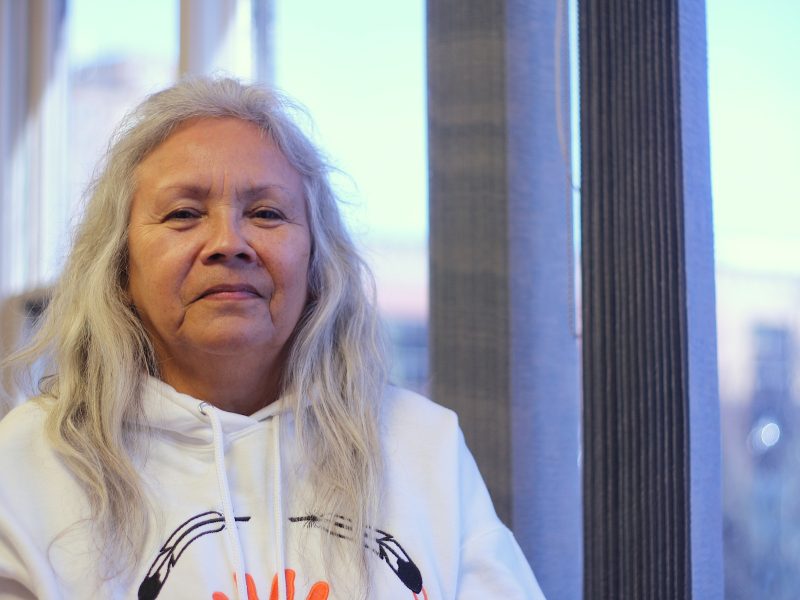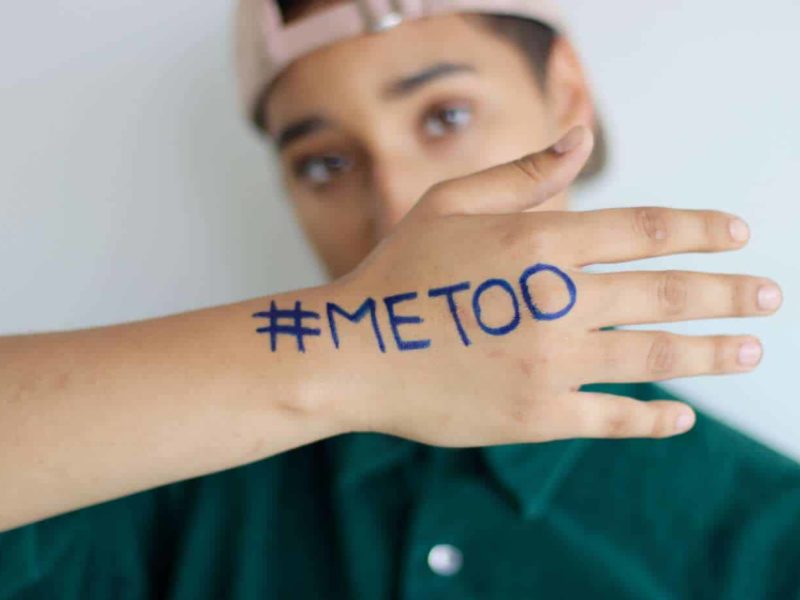
Canada has a feminist government, according to Prime Minister Justin Trudeau. Our federal government acknowledges that our genders and how we express them influence our interactions with other people and our environments. This often plays a role in the way power and resources are distributed across our country. Canada has a framework to measure these impacts — called Gender-Based Analysis Plus (GBA+) — but for the most part, we’re failing to use it.
It’s a tool designed to measure the way gender—in combination with other identity factors such as race, physical location, social class, religion and sexuality—impact our experiences of systems, industries, policies and projects.
In theory, a GBA+ could be applied to any sphere: education, healthcare, the military or resource extraction. It should entail research and engagement with groups and individuals to reveal potential gendered impacts of an initiative, as well as to identify resources and a plan to mitigate those impacts if the project or policy moves forward.
“The gender-based analysis is one that essentially says, ‘we have to pay attention to a decision that can impact women and men differently based on a whole wide range of historical and contemporary factors,’” says Craig Benjamin, Amnesty International’s Campaigner for the Human Rights of Indigenous Peoples.
“Until you look for those differences, you can’t necessarily predict them,” he adds. “If you don’t ask the questions, you won’t find them.”
Figuring out how GBA+ works in practice is much more complicated.
On paper, the Government of Canada committed to GBA+ in 1995. This commitment has not led to action. In 2009, the auditor general released a report that found GBA+ had little to no effect on policy decision-making nationwide. In 2016, the auditor general reported the country was still failing to implement the analysis across government.
In 2016, the federal government refreshed its commitment to GBA+, responding with an action plan outlining a number of promises and commitments to continue to improve the process until 2018. Canada’s 2017 federal budget incorporated gender-based analysis, highlighting inequalities such as the high gendered wage gap and a lack of access to childcare limiting work opportunities for women.
But is Trudeau’s feminist message trickling into policies and onto to the ground? Today, only 25 out of 110 government departments and agencies have committed to conducting gender-based analysis. It is required in some provinces such as New Brunswick. British Columbia and Alberta have not mandated GBA+.
Discourse’s research has found that discrepancies in legislation make it difficult to hold government and industry accountable for doing gender-based analyses, maintaining consistent standards of practice or being transparent about what the analyses may find. This concern is echoed in Amnesty International’s reporting on the gendered and cultural impacts of resource extraction in northeastern B.C.
For example, Discourse found that Natural Resources Canada, the federal ministry responsible for natural resources, claims to have conducted gender-based analyses for the Trans Mountain Expansion Project and the Site C Hydroelectric Dam. We’ve been unable access these analyses so far, as they are being held under Cabinet confidentiality, according to Natural Resources Canada. We’ve filed an Access to Information request to challenge this and will provide updates as we learn more.
“The good thing is that we have a pool of expertise already to draw upon,” says Craig Benjamin about years of government and NGO work spent analyzing and creating best practices for gender-based analysis. “The extraordinary thing is we haven’t applied it.” [end]
This story is part of a larger investigation into the gendered impacts of resource extraction projects in British Columbia and Alberta.




